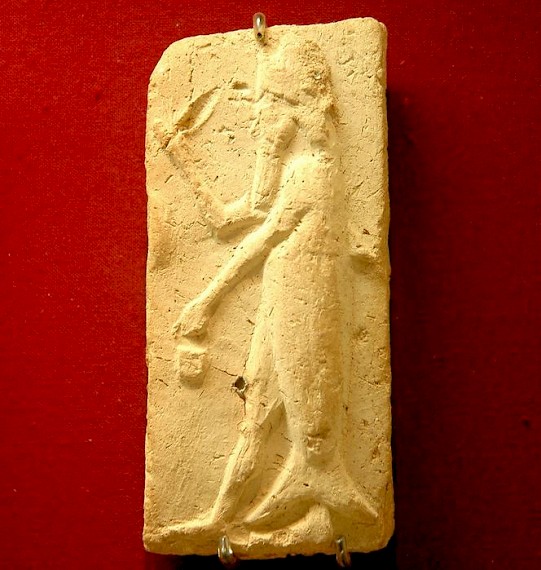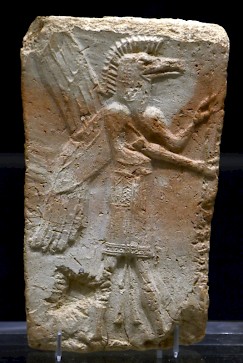Apkallū (Seven Sages)
Apkallū: the mythological seven "wise men" who were the teachers of humankind.

In ancient Mesopotamian myth, it was believed that the gods created humankind to cultivate the soil and make sure that the gods - by means of sacrifice - would receive their meals. However, the first people did not really understand how to perform the tasks they were supposed to perform, and therefore, the gods sent the Apkallū, the seven sages, as teachers. These creatures came to the human world from the sea.

The first one of these was Uanna, or Oannes (as Berossus calls him), who had not only the body of a fish, but also the feet, arms, head, and voice of a man. He explained the people how to read and write and how to do mathematics, but also how to build cities, found temples, make laws, draw borders, divide land, plant seeds, and harvest fruits. Uanna also explained to the first humans how the gods had created the world.
There were other Apkallū. Each of them was associated with one of the cities of old, and they taught the people.
The story of the Apkallū is told by Berossus.note In the Epic of Gilgameš, they are mentioned as the builders of the walls of Uruk. They are also mentioned in ritual texts and are represented in Palace S in Pasargadae. An interesting echo can be found in Jewish apocalypticism, in which sometimes beasts are presented, coming from the sea.note
Plaques of the Apkallū could be placed in Mesopotamian houses and were believed to ward off evil. It is likely that the Greeks copied the idea, and created their seven sages after the mythological heptad.